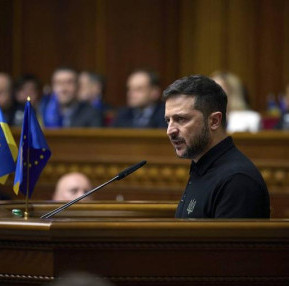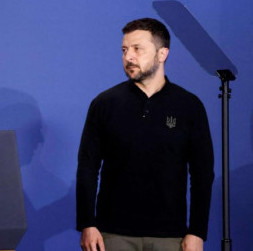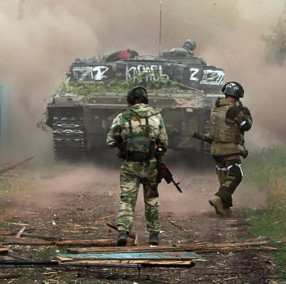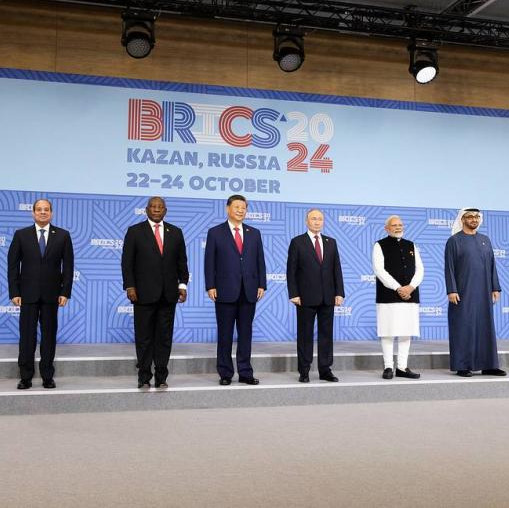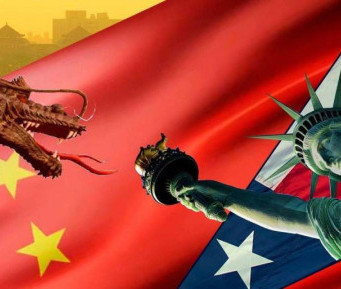Winter offers prospects of a further increase in natural gas demand, both for pipeline and marine (LNG) supplies.
Moreover, buyer struggles for loaded methane carriers may grow even more acute. As you know, European LNG importing companies have been complaining over the last six months that all the 2021 gas shipments are mainly bought by China and other Asian states. A striking example here is actions by American manufacturers in the USA, who hastily crossed over to Asian counterparties and left Europe on Mexican breakfast. It's all about business, as it is much more profitable to supply LNG to the APR countries, not Europe. Thus, promises by US authorities to the Europeans to saturate the EU market with "molecules of freedom" proved empty and forgotten. But White House representatives keep permanently criticizing Gazprom for not boosting supplies to Europe and allegedly provoking an energy crisis in the countries of the Old World. But Gazprom has other data, data based not on "unfounded evidence" but on accumulated official statistics: following 11 months, the company noted an increase in pipeline gas supplies to non-CIS countries. Those increased to 171.5 billion cubic meters, which is 6.6% (10.6 billion cubic meters) more against the same period in 2020. In particular, the company boosted gas supplies to Turkey (+83.7%), Germany (+16.8%), Italy (+19.5%), Romania (+221.8%), Serbia (+85.8%), Bulgaria (+43.8%), Poland (+7.5%), Greece (+12.2%), Slovenia (+53.9%), Finland (+9.1%).
But let's get back to the interesting LNG market events. It would seem that now there is a triumph and a dictatorship of suppliers. We'll take this as read. But still, high market prices are not a reason for all the buyers to "duck and dive", standing idle and dancing to the suppliers' pipe. There are exceptions, though. Thus, in late autumn, a major Japanese LNG buyer, JERA, announced its intention not to renew the long-term LNG supply contract with Qatargas (a division of QatarEnergy) expiring in December 2021. According to Reuters and Platts, JERA head Satoshi Onoda said the following during a press conference: "Currently we are not considering contracting [with Qatar] because we find it extremely difficult to extend the existing large contracts timing-wise." Onoda noted that strategy update is particularly "due to developments in the global LNG markets, the progress of decarbonization, and the changing position of LNG in Japan because of liberalization of power and gas."
However, JERA has no plans to abandon other long-term LNG supply contracts. Onoda added that relevant decisions will be "based on an overall assessment of contractual terms and the situation when contracts come up for renewal." As for the Qatari contracts, "we had no choice but to give it up this time because there was a mismatch in conditions between the Qatari side and what we had requested," Onoda said. The Japanese loath to overpay.
JERA's radical move in terms of revising the LNG supplier portfolio in winter is brought about by confidence in alternatives. To ensure additional supplies in winter, JERA also buys spot LNG.
Moreover, JERA recently agreed to buy a 25.7% stake in Freeport LNG Development from the American Global Infrastructure Partners company. The transaction is worth some $2.5 billion. Freeport LNG Development operates an LNG export plant in Texas. Besides, JERA already owns 25% of the first Freeport LNG line, purchasing and supplying an annual 2.32 million tons of LNG in Japan and other countries. For this reason the company is able to quickly saturate the domestic market amid a sharp demand for energy carriers, repurposing part of its LNG volumes from the United States to Japan.
And, of course, Japanese energy companies are ready to work more closely with Russian LNG suppliers. An ambitious bet on the strategy of expanding the supply of Sakhalin and Yamal LNG shipments remains here to cover Japan's growing natural gas needs.
There are also self-contained moments as regards LNG logistics. This refers to NOVATEK's transit requests, for instance. On November 30, the Russian company signed an agreement of intent with the Japanese Saibu Gas on the possibility of booking capacities of the Hibiki receiver terminal for transshipment and further supply of LNG for China's Zhejiang Hangjiaxin Clean Energy. The Hibiki LNG terminal on Kyushu Island has been operating since 2014, with its annual capacity reaching 2.4 million tons. At the Hibiki terminal, Novatek plans to transfer liquefied gas from large tankers to medium-sized gas carriers, and then send it to the Pinghu LNG terminal with a capacity of 1 million tons per year. This complex is located in the Hangzhou Bay 50 km from Shanghai, and its characteristics do not allow accepting major methane carriers. The supply contract will come into force starting 2024, with the volume of LNG shipments to be some 140 thousand tons per year.
By the way, China aims not only to increase purchases of Russian LNG, but also to expand pipeline gas supplies under a long-term contract. Moreover, deliveries via the Power of Siberia are carried out at a very low check – as of the third quarter, the average price grew to $171 per thousand cubic meters (as compared to $147 in the second quarter, and $121 in the first quarter), which is still many times lower than stock quotes ($1,000 per thousand cubic meters). And this is a reminder to Gazprom's counterparties about the benefits of long-term contracts that insure against gas market shocks.
China keeps building up supplies via the Power of Siberia gas pipeline. Since November 2, they have exceeded Gazprom's daily contractual obligations by over a third every day, on the Chinese side's requests. For example, on November 21, pumping hit a record of 35.8%. The volume of China's imports during the period from January to September amounted to 7.1 billion cubic meters. Summing up the fourth quarter results, the level of Russian gas supplies to China may approach the milestone of 10 billion cubic meters per year.
